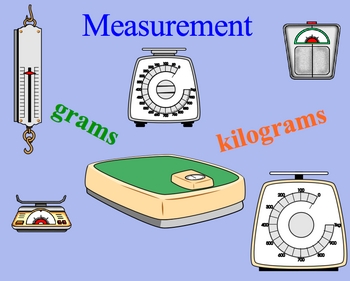
In fact, most of the SI units today (the modern metric system of units) are the most widely used in science, commerce, and everyday life. Historically, the formal adoption of the International System of Units (SI) back in 1959 paved the way to the direction shift of embracing kilograms as the most widely used unit of measure for mass. In the opposite side, one pound is equal to about 0.454 kg.

Moreover, some are saying that a kilogram is a measure of weight because a kilo is accepted to be the mass of 1 L. But in other planets where the gravity is either weaker or stronger than ours, then most likely the conversion constant will be different from 2.2. This is true when measuring mass here on Earth. or shortened as kilo) of mass is equal to 2.2 lbs. Simply said, one kilogram (abbreviated as kg. This currency was derived from the traditional definition of the pound which values it at one pound of silver.Īnother cause of confusion is the influence of gravity. Egypt, Lebanon, Sudan, and Syria are other countries using the pound currency. In addition, “pound” is also the name of the British official currency £. However, in either case, when the subject is already determined as either mass or weight then “lb.” can be used for both cases. So pound mass is abbreviated “lbm” while pound force is abbreviated “lbf.” In the context of force, a pound is actually equivalent to 4.4482216152605 newtons (N). The first reason for confusion is probably because of the existence of the pound unit as a form of mass and in another is in the form of force. However, in the most realistic sense, the two units of measures may become a little complicated. Differentiating pounds and kilograms is actually very easy.


 0 kommentar(er)
0 kommentar(er)
